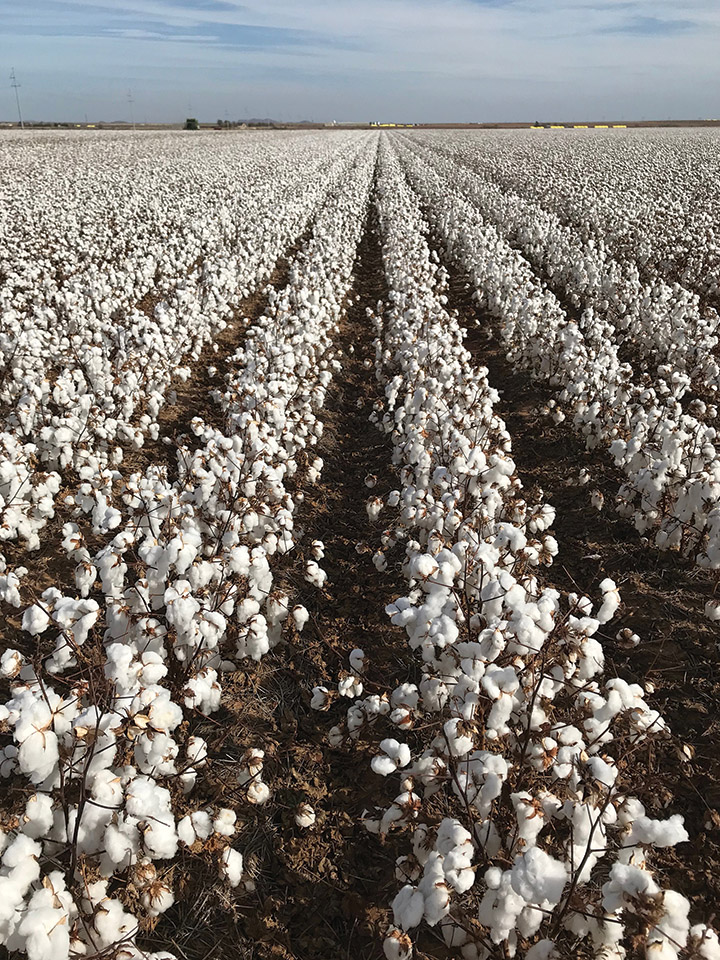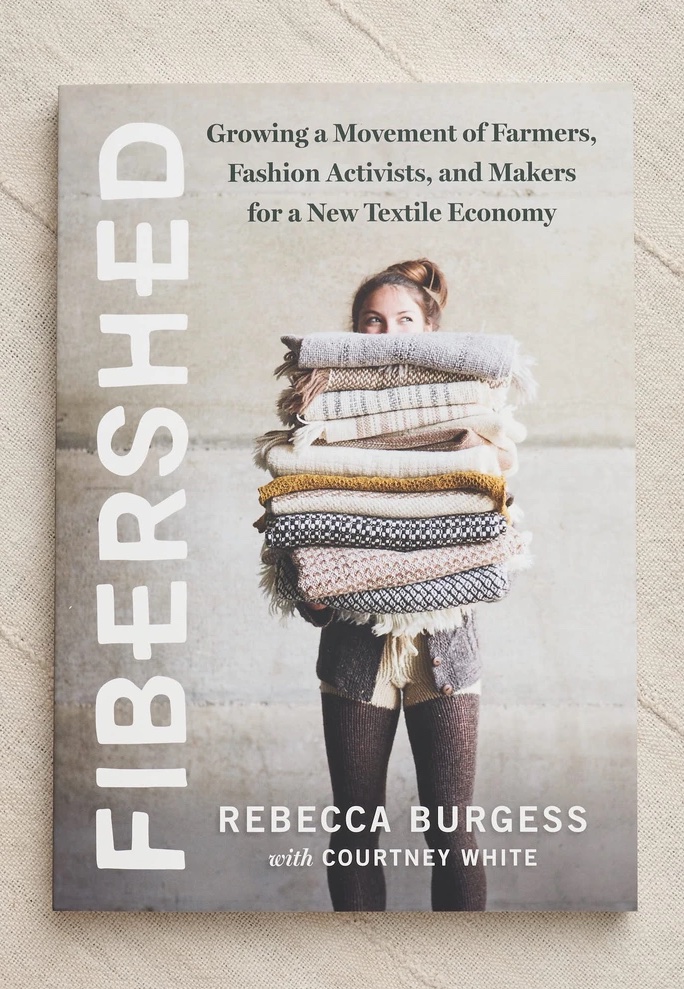
By Miko Takama
Farm-to-Closet is a growing movement among the fashion industry. This movement is an adoption of the large initiative in the food industry, Farm-to-Table, which promotes organic and locally grown food ingredients in restaurants. Traceability of ingredients is an important part of the farm-to-table concept, allowing customers to easily know where the food they’re eating is coming from. The value of organic and traceable products in the farm-to-table movement is being incorporated into the fashion industry with the Farm-to-Closet movement.
The fashion industry has not yet capitalised much on the Farm-to-Table movement that has transformed the food industry even though both industries often cater to the same socially conscious consumers.
There has been a great focus on “who made my clothes?” But no less important question is “who grew my clothes?”
Garments made of material that can be traced back to the farm that grew it, adds another dimension to the traceability.
Just like knowing the origin of our food can make it taste better, bringing the stories to the forefront of fashion makes our style feel better. This desire for traceability and transparency has evolved the way we think about the things we buy and use. We want to know the story behind the products and connect with the people who make the products. We want brands to maintain a holistic view of the economic, environmental and social aspects of their businesses so that their products have a more profound purpose. The farm-to-closet movement is defined by this shift.
Fibershed: The Beginning of Farm-to-Closet Fashion
Rebecca Burgess, a trained weaver and dyer, started a project 12 years ago to develop an environmentally friendly, locally sourced (150-mile radius from her front door) and made wardrobe. She challenged herself to create and wear a wardrobe made from locally grown fibres and natural dyes and produced by local labour, including herself, her friends and family. The aim was to show people that they could wear clothes just as they used to hundreds of years ago. She also hoped to reduce her environmental footprint using materials that would naturally decompose.
“Because we have been disconnected from the impacts our clothes have on land, air, water, labor, and our own human health for such a long time, we’ve been lulled into a passive, non-questioning state of being as consumers.” Rebecca wrote in her book Fibreshed: Growing a Movement of Farmers, Fashion Activist, and Makers for a New Textile Economy.
The project led to the establishment of a nonprofit organisation, Fibershed, to put her experiences into practice. The organisation works to decentralise natural fibre and dye processes to strengthen economic opportunities for a diaspora of Fibershed communities. It connects and empowers grassroots stakeholders from soil-to-skin.
Regenerative Agriculture Goes Beyond Organic
Regenerative agriculture doesn’t avoid pesticides, but also promotes biodiversity and nourish the ecosystem and humans. It also promotes a healthier livelihood for farmers and yields better crops. Because regenerative agriculture makes the soil more nutrient-dense, it can sequester and absorb more CO2 in the atmosphere.
Since 2016, Fibershed’s producer network has drawn down an estimated 9,274 metric tons of carbon dioxide equivalent. It has shown an example of how fibre and dye-producing landscapes can restore balance to the earth’s climate, build resilience to drought, and increase agricultural productivity naturally.
The goal of regenerative agriculture is not just on carbon sequestration, because we can not secure a truly regenerative textile economy without worker welfare. Thus, the farm-to-close movement is also about the human connection which traditional fashion system lacks. While some brands are restoring their land and working with farmers, the rest of the global fashion brands are exploiting people in the supply chain.

Putting Farm-to-Closet Fashion in Practice
Right now, regenerative farming and farm-to-closet fashion garments remain niche, not yet scaled to fuel the size of fast fashion companies. However, some brands are helping the fashion industry develop regional fibre systems that protect the health of the earth’s biosphere and improve human welfare.
California-based brand, Christy Dawn debuted its first “Farm-to-Closet” collection this month. The collection includes an un-dyed embroidered cotton dress and a digitally printed with organic dyes dress in blend of 50% regenerative cotton and 50% peace silk.
Christy Dawn began to explore regenerative agriculture in 2019. They partnered with Oshadi, an Indian regenerative farming collective, which helped them lease 24 acres of land in South India. The land was depleted from decades of overfarming and pesticide usage. They paid farmers three times the local standard wages to use ancient practices and traditional wisdom to replenish the soil.
The label’s farm sequestered 66 tons of CO2 (7 tons per hectare), averaging 22 pounds of carbon per dress. They also found that the soil’s macronutrients – including minerals like iron and nitrogen which are necessary for healthy plants – increased by 73 pounds per acre.
Others are following. Kering, which owns Gucci and Alexander McQueen other luxury brands, has launched a regenerative fund together with Conservation International. It plants to transform a million hectares of farmland to use regenerative agriculture methods in 5 years.
As the fashion industry reckons with its devastating environmental footprint, things are starting to change for the better. For now, these brands are only producing a small number of their raw materials on regenerative farms, but the movement is catching on. Are you read for Farm-to-Closet fashion?

Miko Takama
Miko is a marketing freelancer specialised in sustainable business development and branding & communications, also a journalist. She is sharing insights on sustainability in the fashion industry on Instagram: @publicecology











2 comments
The best way to understand sustainable fashion is through questions like, is the material used natural? Is it biodegradable? Is it from a form of renewable source of energy? Can it be recycled? There are many new manufacturers of sustainable fashion from Africa now. e.g Uganda fashion